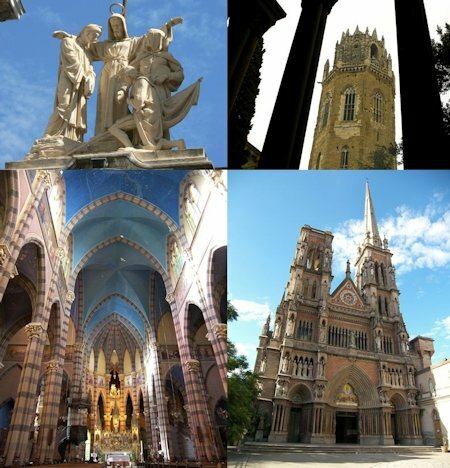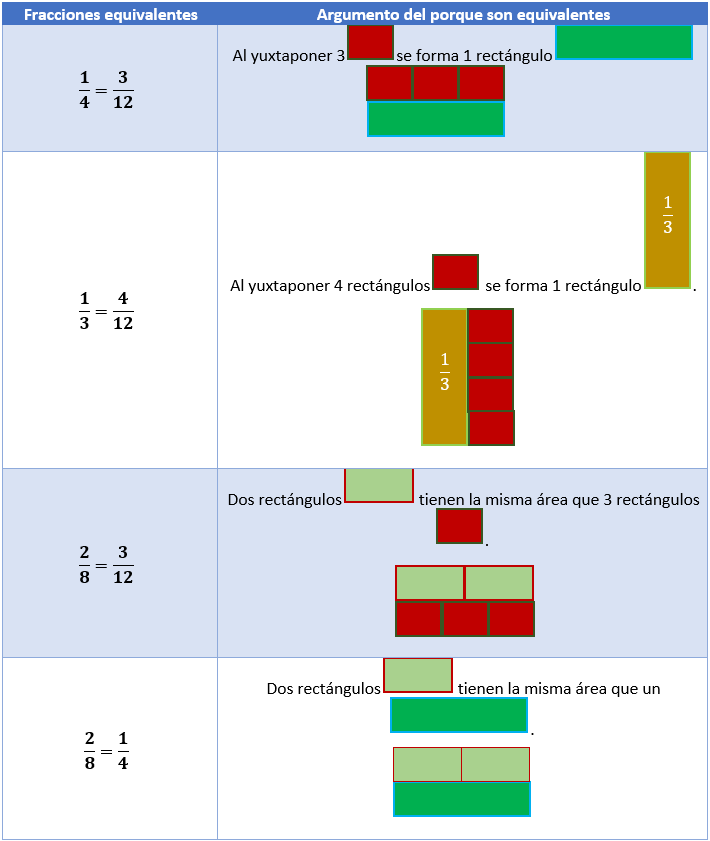Gothic Art Characteristics
Art / / July 04, 2021
Gothic art was called a type of art that emerged in the mid-12th century, which marked a long artistic period that culminated with the arrival of the Renaissance.
One of the main characteristics of gothic art it is its long duration, as it lasted almost 300 years.
Gothic art arose in the northern part of Europe in a section of France, from where it spread throughout Europe, underwent changes and alterations by having contact with the cultures of other countries, this produced that the arrival of this art will appear in different periods and in different circumstances; Thus, if we compare the Gothic art of England, Spain and Germany, we will observe that there are changes that have arisen by adapting to the culture of each place.
It is believed that the existence of Gothic art is due to the crisis that existed at the end of the Middle Ages.

The main characteristics of Gothic art are:
Gothic art was presented in different forms or different types of art, that can be observed in arts such as:
- Architecture
- Sculpture
- Painting
To this, we must add the existence of different periods within Gothic art, periods that we will classify as follows:
- Early gothic
- Classic gothic
- Radiant gothic or rayonant.
Historic context.- We can define the word Gothic in etymological terms, explaining the origin of the word.
Gothic derives from the Latin "gothicus", which is a word composed of "godó", the way in which a town of Germanic origin that at no time invaded Spain at the fall of the Roman Empire and the prephic "ico", which complements the action.
This concept has been applied to a type of architecture, which arose in the northern part of France, from where it spread to the rest of Europe.
It was applied mainly in architecture, although it could be strongly grounded in other branches of art such as painting and sculpture.
Its application was established mainly in religious architecture although civil order architectures were also presented.
It can be said that Gothic art represents a social change that was reflected mainly in architecture where expressions were presented of ascension what is seen in the pointed domes and perhaps a liberation what is expressed with the luminosity of this type of buildings.
Expansion.- The great application and enjoyment of this type of architecture in France produced a phenomenon of imitation that spread to the rest of Europe. In some countries it was applied in civil constructions, in Germany (formerly the Germanic Empire), Gothic art was presented, but it was coupled with existing Romanesque systems; in other countries such as England or Italy they were more reserved in accepting this influence, but in the end something managed to get in.
Early gothic.-Although some Gothic constructions had already been made in France, it is in the year 1137 when the construction of the so-called abbey church of Saint-Denis was carried out That it was a Royal pantheon that was located on the outskirts of Paris, following this architecture the Notre Dame Cathedral was created, which set the tone for this type of buildings.
Classic Gothic.- This can be seen in the Cathedral of Chartres, where romantic aspects are eliminated, this cathedral served as a model for the classical Gothic margin.
Radiant gothic.- The radiant Gothic or also called rayonnant, this focuses on the radials (wheels), which is reflected in some rosettes typical of this style, partly losing an interest in height over the rayonnant, the walls themselves are lost and they become only layers or membranes translucent. These renovations were applied in the reconstruction of the abbey church of Saint-Denis that began in the year 1232. And in these constructions favorite colors such as dark blue and bright red were established.
Sculpture.- Gothic sculpture was presented alongside Gothic architecture, lasting around 300 years, and was generally integrated into architecture and its constructions. This type of sculpture was destroyed because it was considered contrary to the Renaissance culture, so it suffered great damage, but this did not end it, leaving considerable vestiges. This sculpture followed its Romanesque precedent, but a relative refusal towards the Gothic and the concept of Gothic by the Goths and because they were considered barbarians caused the aforementioned damage. In this sense, we must mention the famous gargoyles of Notre Dame Cathedral.
Painting.- Gothic painting was applied in the so-called stained glass windows, which by means of glass fragments of different colors represented the images that they wanted to express. Regarding painting, this was presented mainly in Italy, and as a difference to Romanesque painting, it became darker, in this sense the so-called "Naturalism", where the closest thing to the nature of things was expressed, although it does not take traditional beauty as a guide, but in Gothic painting they focused on giving it an aspect religious or mystical. Another remarkable aspect of Gothic painting is the application of paint on the walls, "murals" and its techniques are clearer and with much more technique.
Miniatures.- These are some paintings that were included in the texts, and its name derives from minium because it was made with "minium" (iron oxide). In general terms, these enclosed or occupied the first word of a text (the initial).
Altarpieces.- These are the tables found on the sides of the courtyards of the churches, they were used different products where oil painting began, although it began with a combination that contained egg.
Gothic urban art.- Gothic art had a great diffusion, mainly due to the fact that it settled in cities or large conglomerations of people, while the Romanesque was presented in what were rural settlements, this I drive change.
Differences of Romanesque art and Gothic art.- In this sense, it must be clarified that the Romanesque art churches were relatively low in height, since their round domes and low floors were widely distinguished from the constructions Gothic buildings, which had more levels and in which the domes were linear and higher, the Gothic constructions had more windows and scarce walls that configured illuminated rooms and large. In addition, some palaces and government buildings were built this way. Romanesque art was used more for the construction of monasteries, while Gothic art focused on cathedrals, where the elevation represented the approach to God, in which the Romanesque was reflected more monumental.



